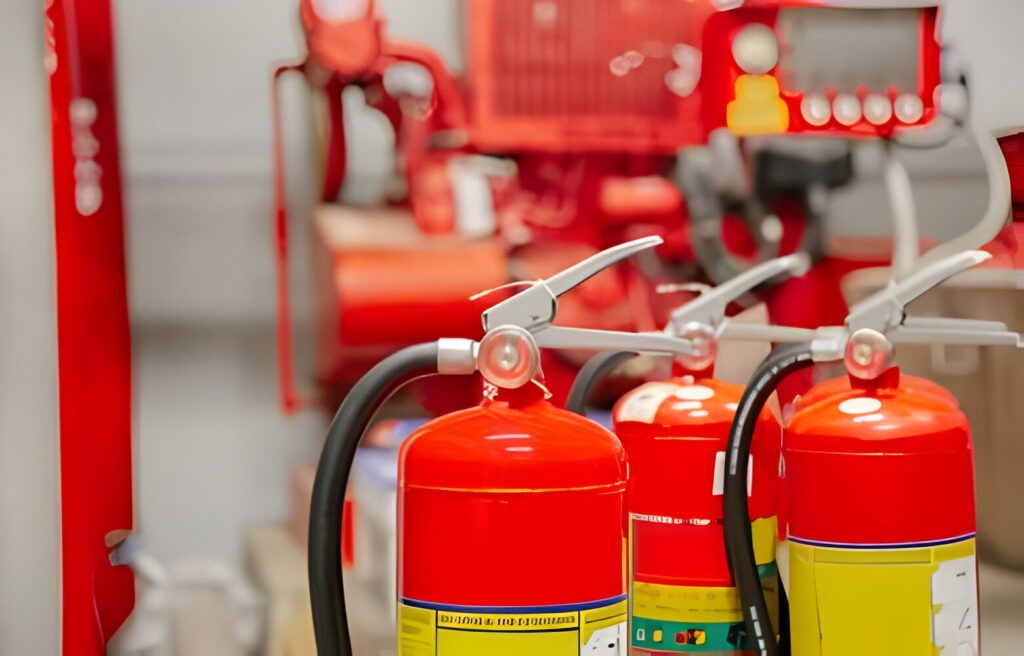In our fast-paced world, where productivity and progress often take center stage, the significance of fire and safety measures can sometimes be overlooked. However, ensuring a safe environment is not just a legal requirement but a fundamental responsibility that impacts every facet of our lives, from our homes to our workplaces and beyond.
Why Fire and Safety Matter
Fire and safety measures are crucial for several compelling reasons:
- Protecting Lives: The foremost reason for implementing robust fire and safety protocols is to protect human lives. In the event of a fire or any emergency, having well-defined procedures and equipment can mean the difference between life and death.
- Safeguarding Property: Fires and accidents can result in significant property damage, leading to financial loss and emotional distress. Proper safety measures mitigate these risks and ensure that assets are protected.
- Legal and Regulatory Compliance: Adhering to fire and safety regulations is not just about avoiding fines; it’s about upholding ethical standards and ensuring a secure environment for everyone.
- Enhancing Business Continuity: Businesses that prioritize safety are better equipped to manage crises and maintain operations during emergencies. This resilience is essential for long-term sustainability.
- Fostering a Culture of Responsibility: Instilling a culture of safety promotes awareness and accountability among employees and community members, leading to a more secure and harmonious environment overall.
Implementing Effective Fire and Safety Practices
To achieve comprehensive fire and safety preparedness, consider the following strategies:
- Risk Assessment: Identify potential hazards and vulnerabilities specific to your environment.
- Education and Training: Regularly educate personnel on safety protocols and conduct drills to ensure readiness.
- Investment in Equipment: Install and maintain fire detection systems, alarms, extinguishers, and emergency exits.
- Emergency Response Planning: Develop and practice clear evacuation procedures and emergency contact protocols.
The Role of Technology in Fire and Safety
Advancements in technology have revolutionized fire and safety practices. From smart sensors that detect smoke to automated alert systems, technology plays a pivotal role in early detection and swift response to emergencies.
Conclusion
In conclusion, prioritizing fire and safety measures isn’t just about compliance; it’s about valuing human life, protecting property, and ensuring continuity in our daily lives and businesses. By investing in comprehensive safety protocols and embracing technological advancements, we can create safer environments for ourselves, our families, and our communities. Let’s make fire and safety a top priority to safeguard what matters most.
